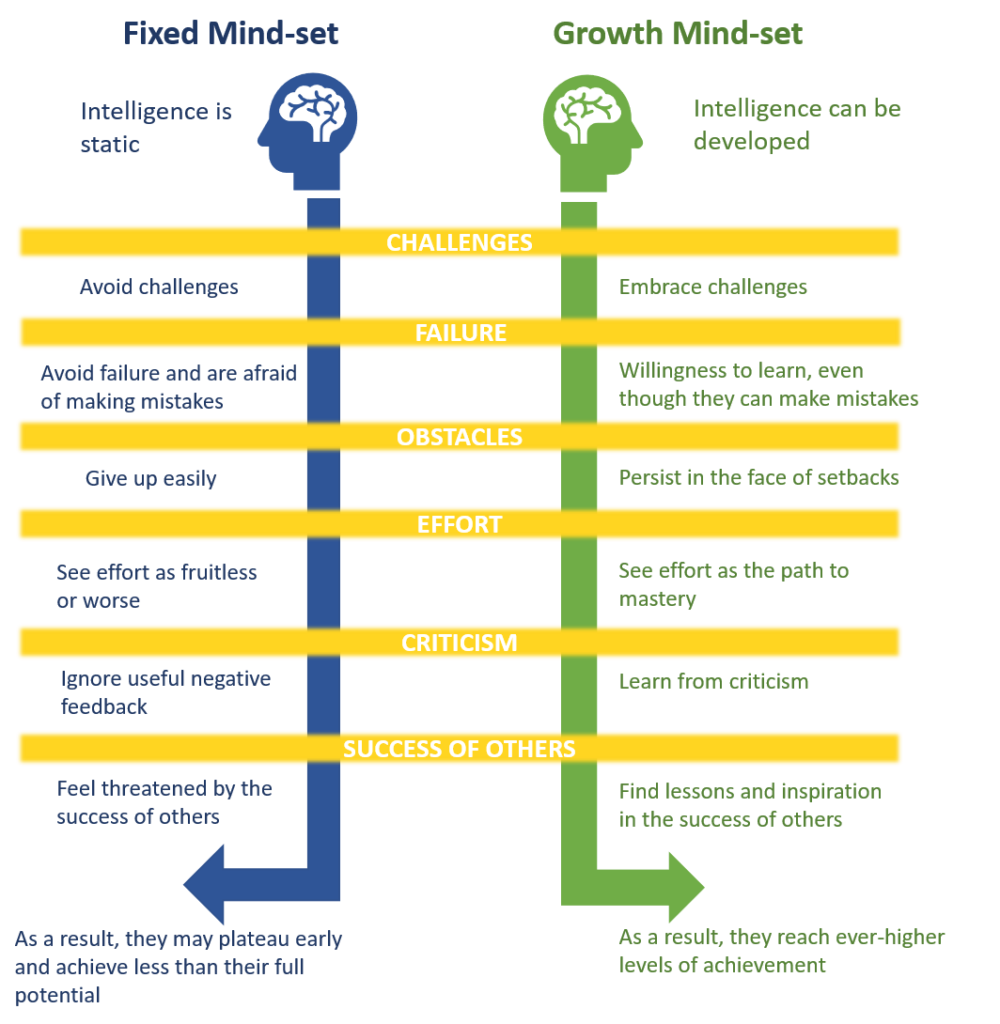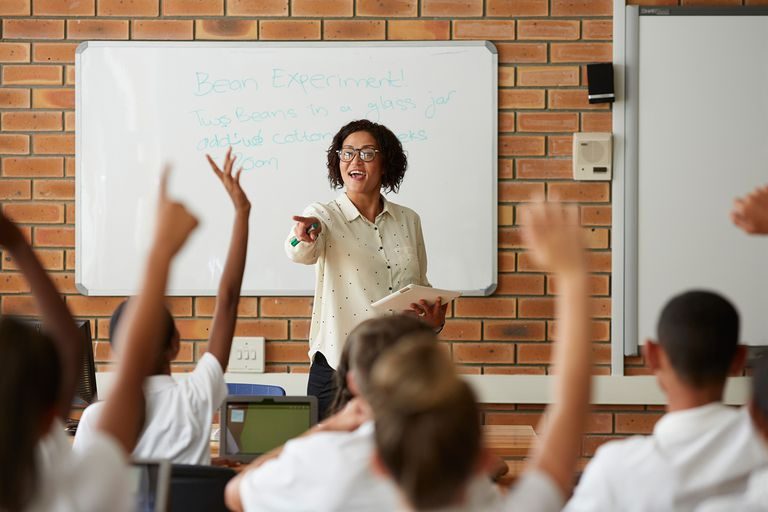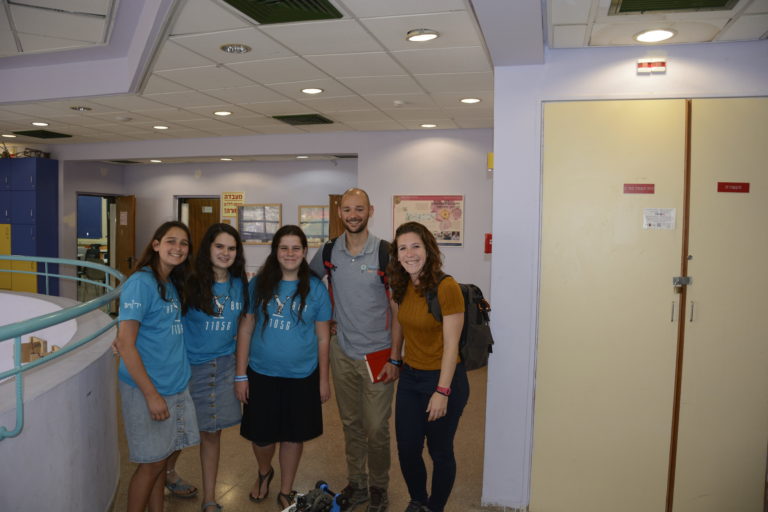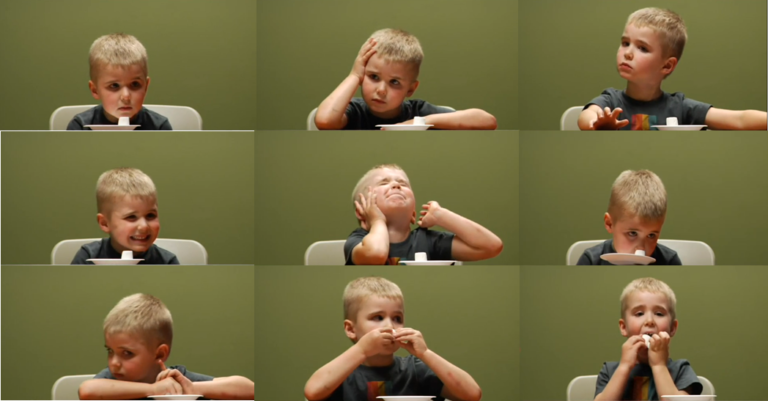Carol Dweck, professor of psychology at Stanford University, published a very interesting study she ran with middle school students. She asked the students a simple question: is intelligence something fixed that can not change?
The answers were sorted into two clearly differentiated groups: those that considered intelligence as something fixed and solid, what Dweck called fixed mind-set; and those who considered that intelligence was something malleable that could change and develop, what was called growth mind-set (Levin, s.f.).
“With a fixed mindset, students believe that their basic skills, intelligence and talent are just traits of their personality. They think that they have a certain capacity and that that is immovable. With a growth mindset, students understand that their talents and abilities can be developed through effort, teaching and persistence. They do not think that everyone is the same, or that anyone can be Einstein, but they believe that anyone can be smarter if they work on it”.
Carol Dweck
The discoveries that derived from this study were very interesting. Dweck found that the reaction to failure was very different for each of these groups. Those individuals with a fixed mentality considered that they had failed, that it was intrinsic to their person and that they could not change it and overcome it, so they stopped trying; they were more concerned with their intelligence than with the possibility of learning. While those individuals with the growth mind-set considered that making mistakes or facing new challenges were opportunities to improve, learn and ultimately grow. These individuals tended to work hard and take risks, even if it involved making mistakes. Given the difficulties, they were able to develop new strategies and try again (Guerri, s.f.). There are three basic characteristics of the growth mind-set: effort, use of good strategies and proactive help-seeking. Students must understand that learning is a process based on effort and that in this process they can also ask for help from classmates or teachers (Levin, s.f.).
The way we communicate with students influences their mindset. How can we build safe spaces and become role models of growth mindset? Join The Learning Expedition to learn how the most innovative learning centres on the world are already doing it.

“I knew that I was recovering from my fixed mentality when I heard a voice in my head saying” This is difficult. This is fun”. In the past, something difficult was a threat, maybe I thought I was not smart enough; but this time I thought “this is fun”, it is an opportunity to learn.”
Carol Dweck
As a teacher it is important to focus on the learning process, not just the results. It is also important to recognise those moments of struggle and find a way to help or guide the student to understand the process in which they are and to move forward despite the difficulties. Therefore, recognising the effort, showing support and encouragement are possible strategies to help the student. For example, if a student says “I am not good at this” we can answer “yet” (Levin, s.f.).
Another strategy to reinforce this behaviour is modelling that that’s what we do as learners, all of us. For example, a teacher saying “I do not know the answer to that question, but we will solve it together” or commenting on an error that we have made and what we have learned in that process (Levin, s.f.).
Bibliography:
- Guerri, M. (s.f.). Mentalidad Fija vs Mentalidad de Crecimiento: dos posturas básicas que dan forma a nuestras vidas. Psicoactiva. Recuperado de: https://www.psicoactiva.com/blog/mentalidad-fija-vs-mentalidad-crecimiento-dos-posturas-basicas-dan-forma-nuestras-vidas/
- Levin, D. (s.f.). Teaching Character and Creating Positive Classrooms en Coursera. Documento publicado por Relay Graduate School of Education clases en línea, archivado en: https://www.coursera.org/learn/teaching-character



